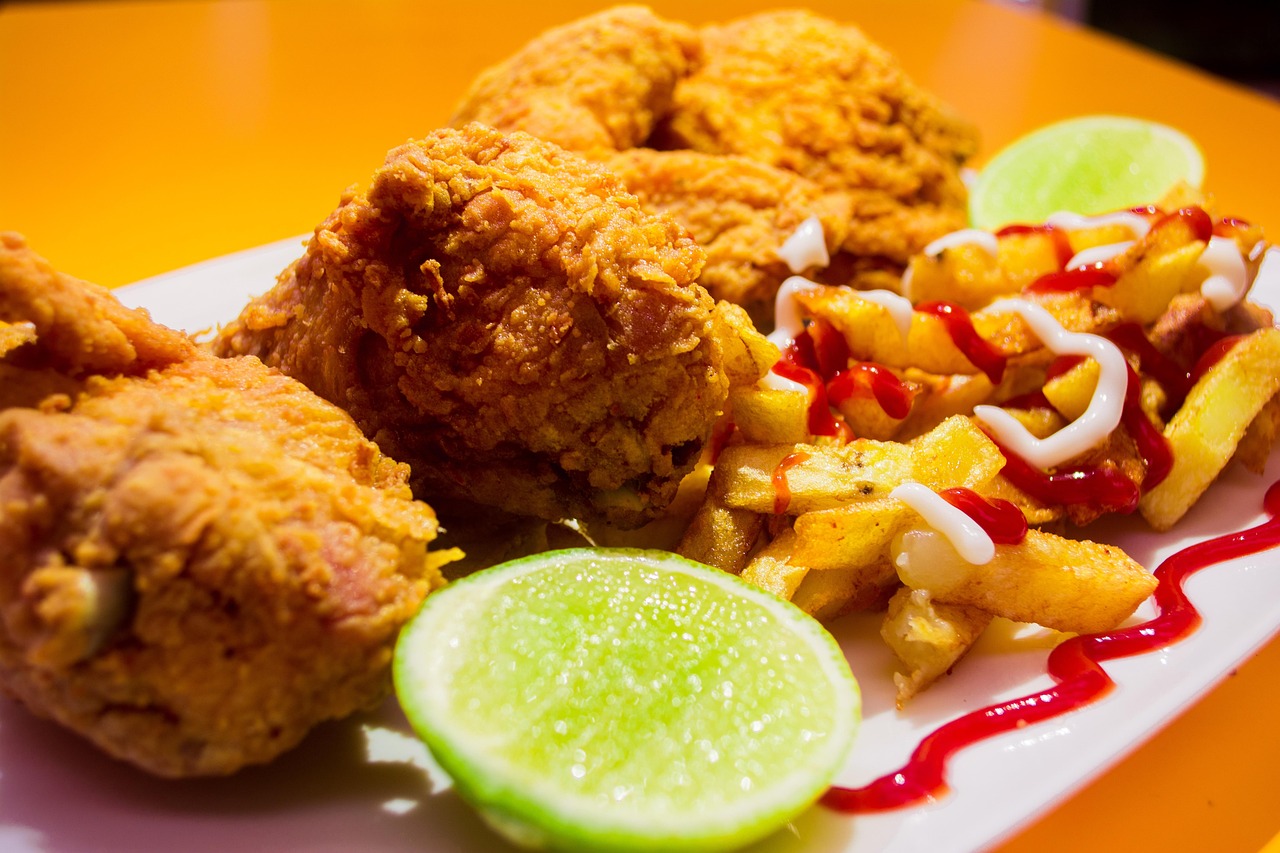
Fried chicken is a beloved dish that transcends borders, cultures, and cuisines. From street vendors in Asia to Sunday dinners in the American South, crispy golden chicken holds a special place in global gastronomy. But where did it actually originate? The history of fried chicken is rich and complex, blending cultural influences, evolving culinary practices, and the human love for flavor and texture. In this article, we explore the fascinating journey of fried chicken, tracing its roots across continents and through centuries.
Early Origins: A Global Appetite for Fried Meats
The concept of frying meat is not unique to any one culture. Ancient civilizations had their own methods of cooking meat in fat or oil. The Romans, for example, used deep frying techniques for a dish known as pullum frontonianum, a seasoned and fried chicken recipe found in the Roman cookbook Apicius, dating back to the 4th century AD. Similarly, various African and Asian communities had traditions of frying food long before the modern version of fried chicken emerged.
In West Africa, for instance, frying food in palm oil was a common cooking technique. Chicken was often seasoned and fried, sometimes double-fried for extra crispiness. These methods of preparation were part of daily life and laid a foundational influence on what we now recognize as fried chicken.
Scotland and the Roots of Modern Fried Chicken
The more immediate precursor to American-style fried chicken likely comes from Scotland. Scottish immigrants who settled in the Southern United States brought with them the tradition of deep-frying chicken in fat rather than baking or boiling it, which was more common in English cooking. These Scots seasoned their chicken lightly, focusing more on the technique of frying to achieve that signature crispy skin.
Unlike their English neighbors who preferred roasting or stewing poultry, the Scots were among the few in Europe who practiced deep frying. When they migrated to the American South in the 18th century, they brought this culinary method with them, and it quickly caught on, especially in rural, agrarian communities where chicken was a staple source of protein.
African American Contributions: Flavor and Innovation
While Scottish immigrants provided the technique, it was African American cooks, many of whom were enslaved, that transformed fried chicken into the flavorful dish we know today. Enslaved Africans not only brought their own culinary knowledge, including spices and frying methods from West Africa, but also adapted and elevated the simple fried chicken of Scottish origin.
They began seasoning the chicken more liberally, using salt, pepper, and other spices to infuse flavor into both the meat and the crust. This combination of African spice profiles with European frying methods gave birth to the distinctly Southern-style fried chicken. The dish became a fixture in African American communities, particularly because chickens were one of the few animals enslaved people were sometimes allowed to raise themselves.
Fried Chicken in the American South
By the 19th century, fried chicken had become a staple of Southern cooking, served at church gatherings, family reunions, and Sunday dinners. It was especially popular in the rural South because chickens were inexpensive to raise and provided a reliable food source. The dish became ingrained in Southern hospitality and celebration.
However, fried chicken’s association with African American culture was also complicated by its use in racist stereotypes, particularly during the Jim Crow era. Despite this, the dish remained a symbol of resilience and cultural pride within the African American community.
Commercialization and Global Spread
The 20th century saw fried chicken move from home kitchens to restaurants and eventually the global stage. In 1930, Harland Sanders opened a service station in Kentucky that would later become Kentucky Fried Chicken (KFC). Sanders’ secret blend of 11 herbs and spices and the use of pressure frying revolutionized the speed and consistency of making fried chicken, allowing it to be sold commercially on a massive scale.
The success of KFC and other fast-food chains helped turn fried chicken into a worldwide phenomenon. Variations of fried chicken have since emerged globally, from Korean fried chicken glazed in sweet and spicy sauces to Japanese karaage, Filipino chickenjoy, and West African poulet braisé.
Modern Takes and Cultural Significance
Today, fried chicken is more than just a comfort food; it’s a canvas for culinary creativity. Chefs around the world are putting new spins on the classic dish, incorporating everything from gourmet ingredients to fusion flavors. Food festivals dedicated to fried chicken draw huge crowds, and social media has only fueled its popularity.
Beyond its taste, fried chicken holds deep cultural significance. It represents family, tradition, struggle, and innovation. For many, it’s tied to memories of home-cooked meals and shared celebrations. Its rich history serves as a reminder of how food can reflect both our shared humanity and our diverse backgrounds.
In conclusion, fried chicken, in its many forms, is a global dish with a deeply rooted and multifaceted history. Its journey from ancient Rome to the American South and beyond is a testament to cultural exchange, resilience, and culinary evolution. As we bite into a crispy drumstick or a spicy wing, we’re not just enjoying a tasty treat, we’re partaking in a tradition that spans centuries and continents.
Whether served with waffles in Harlem, pickled radish in Seoul, or jollof rice in Lagos, fried chicken continues to evolve, unite, and delight. Its story is far from over, and that’s something worth savoring.Top of Form
Craving Fried Chicken Now?
Experience the rich tradition of fried chicken for yourself at La Rosa Chicken & Grill. With our commitment to quality ingredients, time-honored recipes, and mouthwatering flavor, La Rosa offers a modern take on a timeless classic. Whether you're ordering for a family dinner or grabbing a quick bite, every meal is crafted with care.
Visit your nearest location or order online today!Bottom of Form